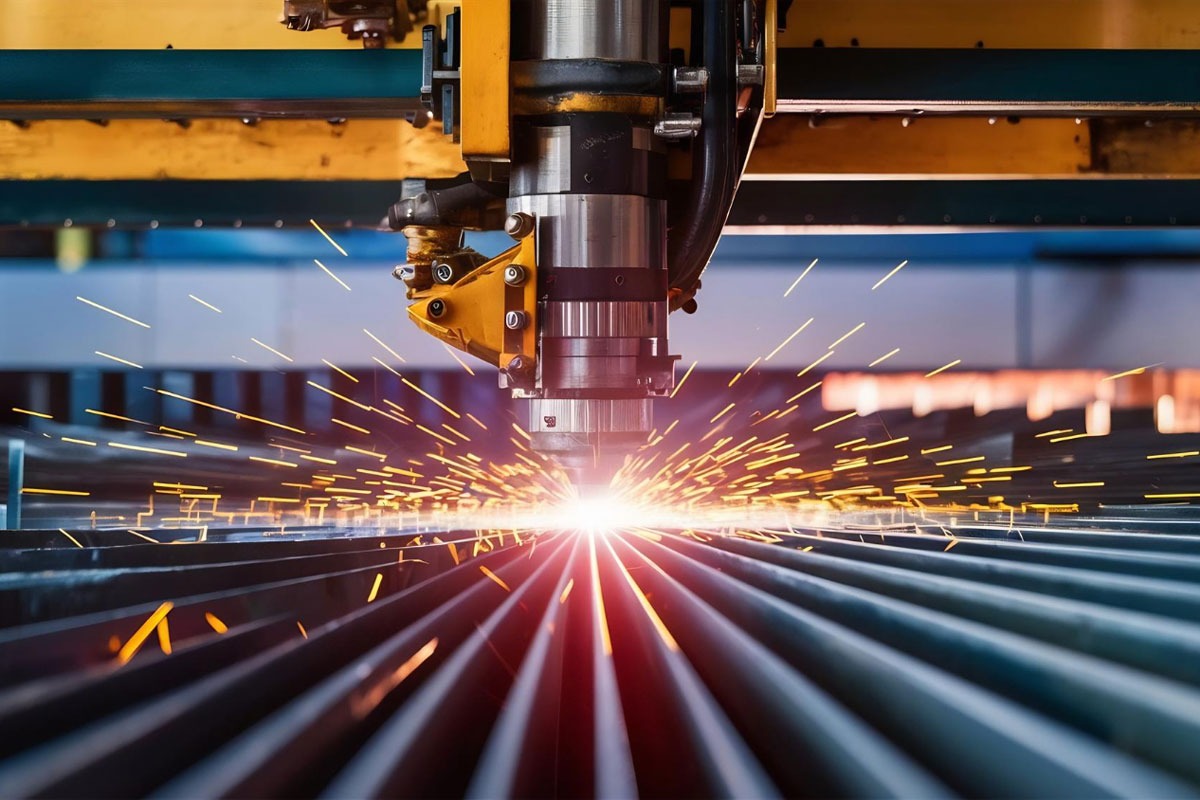Industrial production processes heavily rely on automation today. One of the most crucial elements of this automation is Computer Numerical Control (CNC) systems.
CNC is a technology capable of precisely performing various industrial processes such as cutting, machining, and shaping. The fusion of CNC with laser cutting technology has given rise to CNC laser cutting, becoming a significant production method ensuring precise and efficient cutting of materials.
Basic Principles
The fundamental principle of CNC laser cutting involves the use of a high-intensity laser beam to cut materials. This process is controlled by a computer. Initially, a design or shape created or imported through Computer-Aided Design (CAD) software is determined. This design contains instructions that are sent to the laser cutting machine, specifying the actions to be applied to the surface of the material to be cut.
Operation
The operation begins with the application of the designated pattern or shape onto the material’s surface by the laser. The laser beam generates intense heat focused at a specific point, cutting or vaporizing the material. CNC systems control the movement of the laser, ensuring the material is cut according to the specified pattern. This process enables the execution of detailed cuts that require high precision.
Laser beams used in CNC laser cutting are typically either fiber lasers or CO2 lasers. Fiber lasers provide high precision and speed for metal cutting, while CO2 lasers are commonly preferred for cutting materials like wood, plastic, and fabric.
Advantages
CNC laser cutting offers numerous advantages, some of which include:
Precision: Ability to work with high precision, allowing for detailed and intricate cuts.
Speed: Being an automated and rapid process, CNC laser cutting is suitable for mass production.
Minimal Waste: Maximizes material usage and reduces waste production.
Versatility: Flexibility to work with various materials (metal, wood, plastic, etc.).
In conclusion, CNC laser cutting is an effective cutting method utilized across a broad spectrum, from industrial production to personal projects. Its advantages in precision, speed, and versatility make it a preferred choice in various industries. This technology has become an essential tool for enhancing efficiency and quality in production processes.


